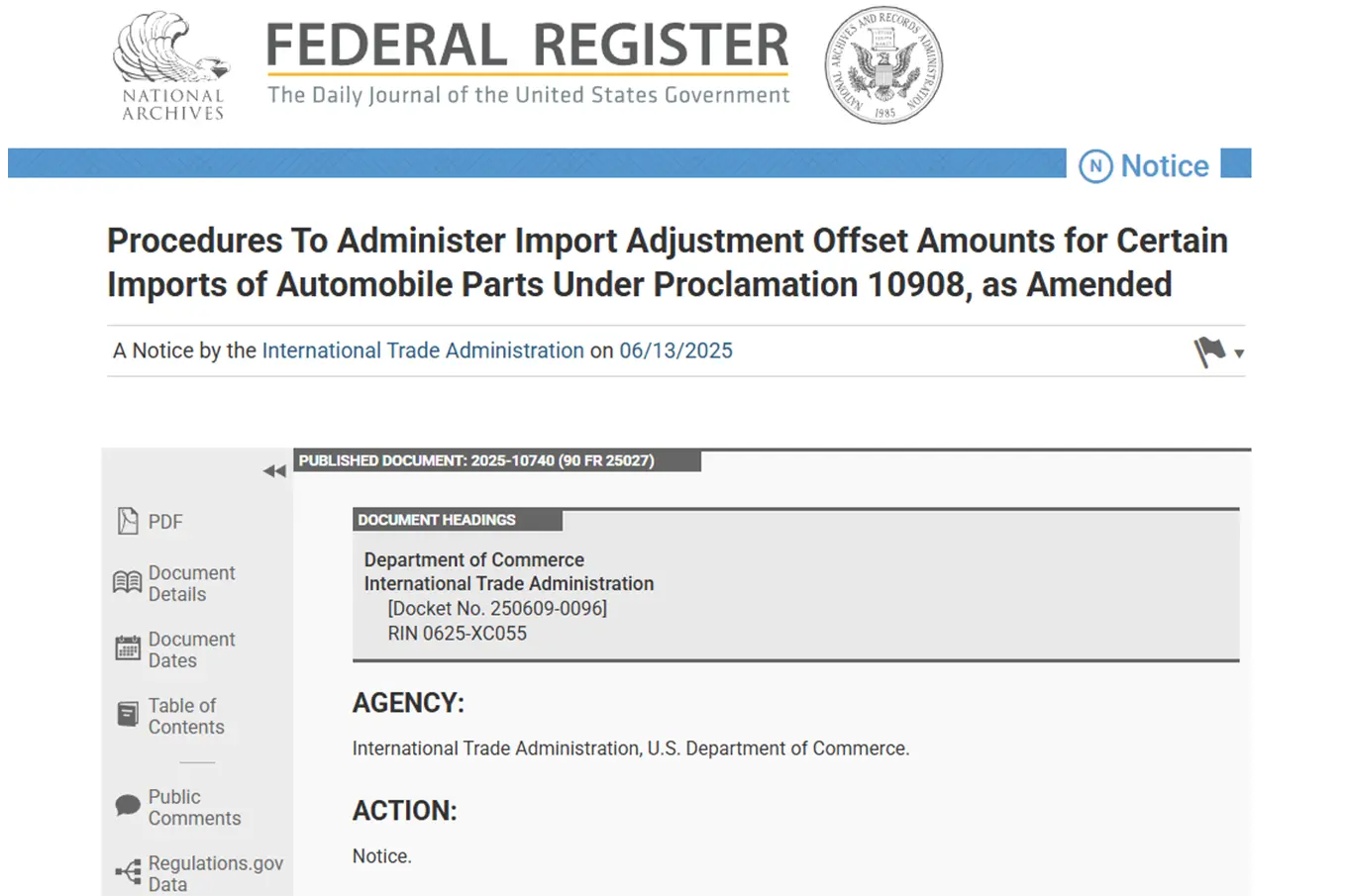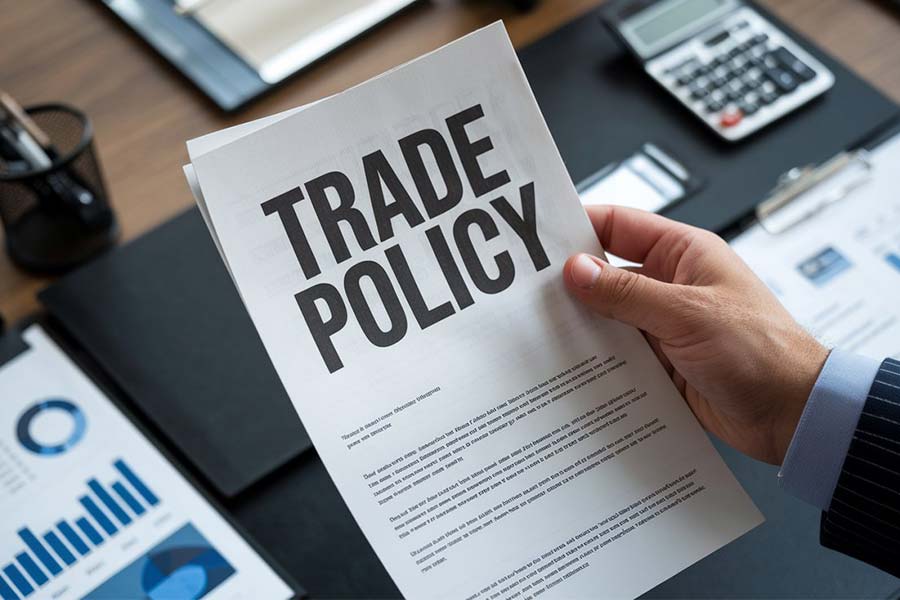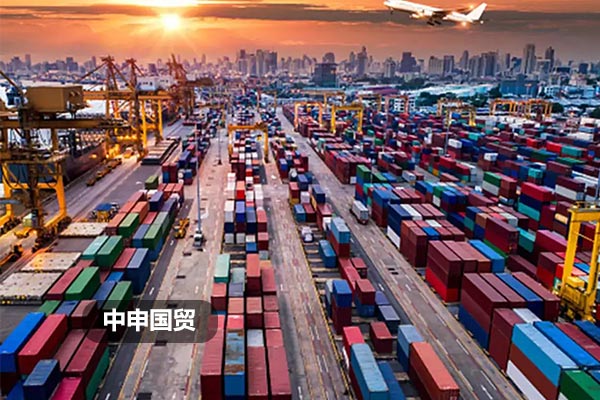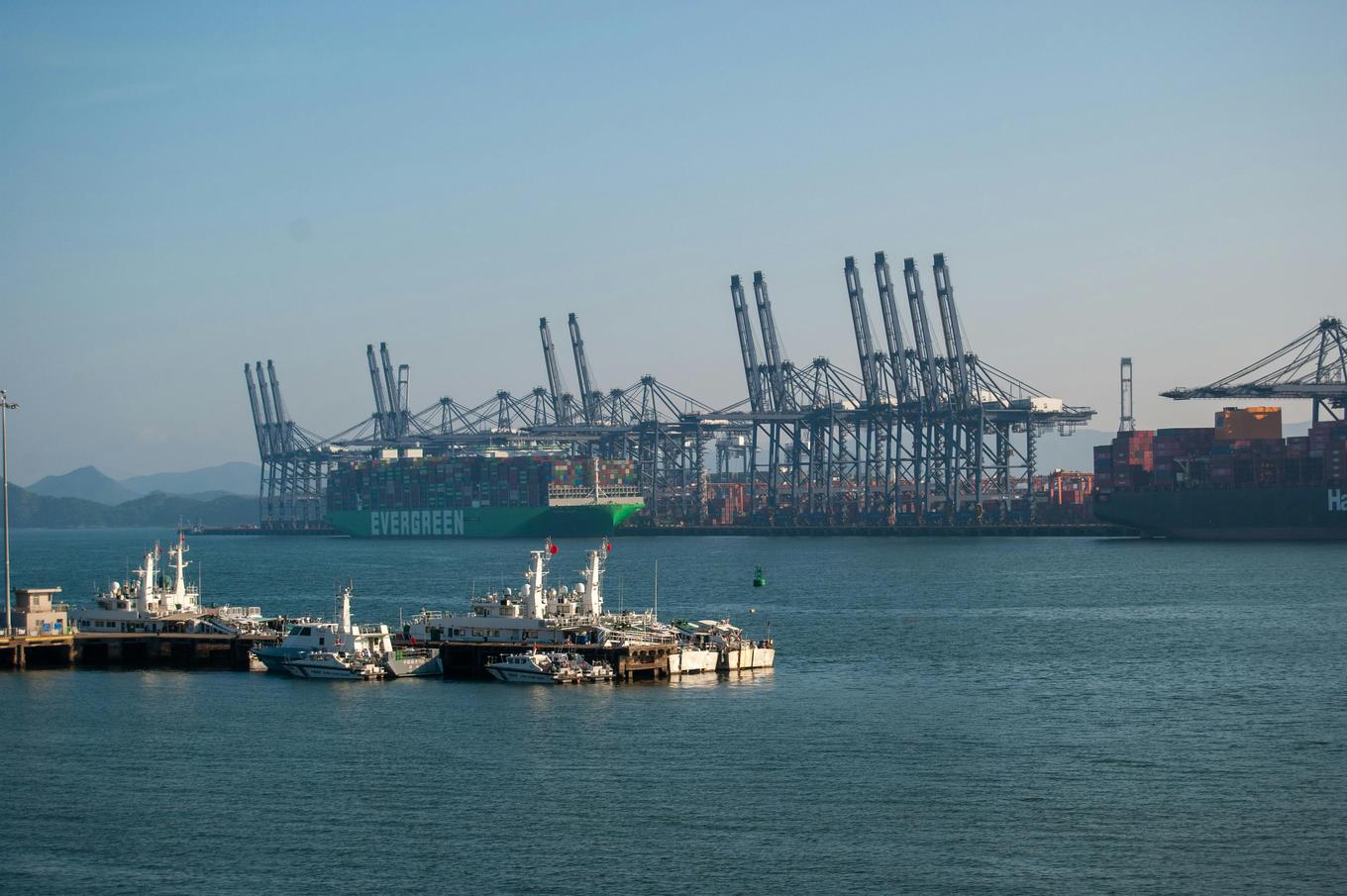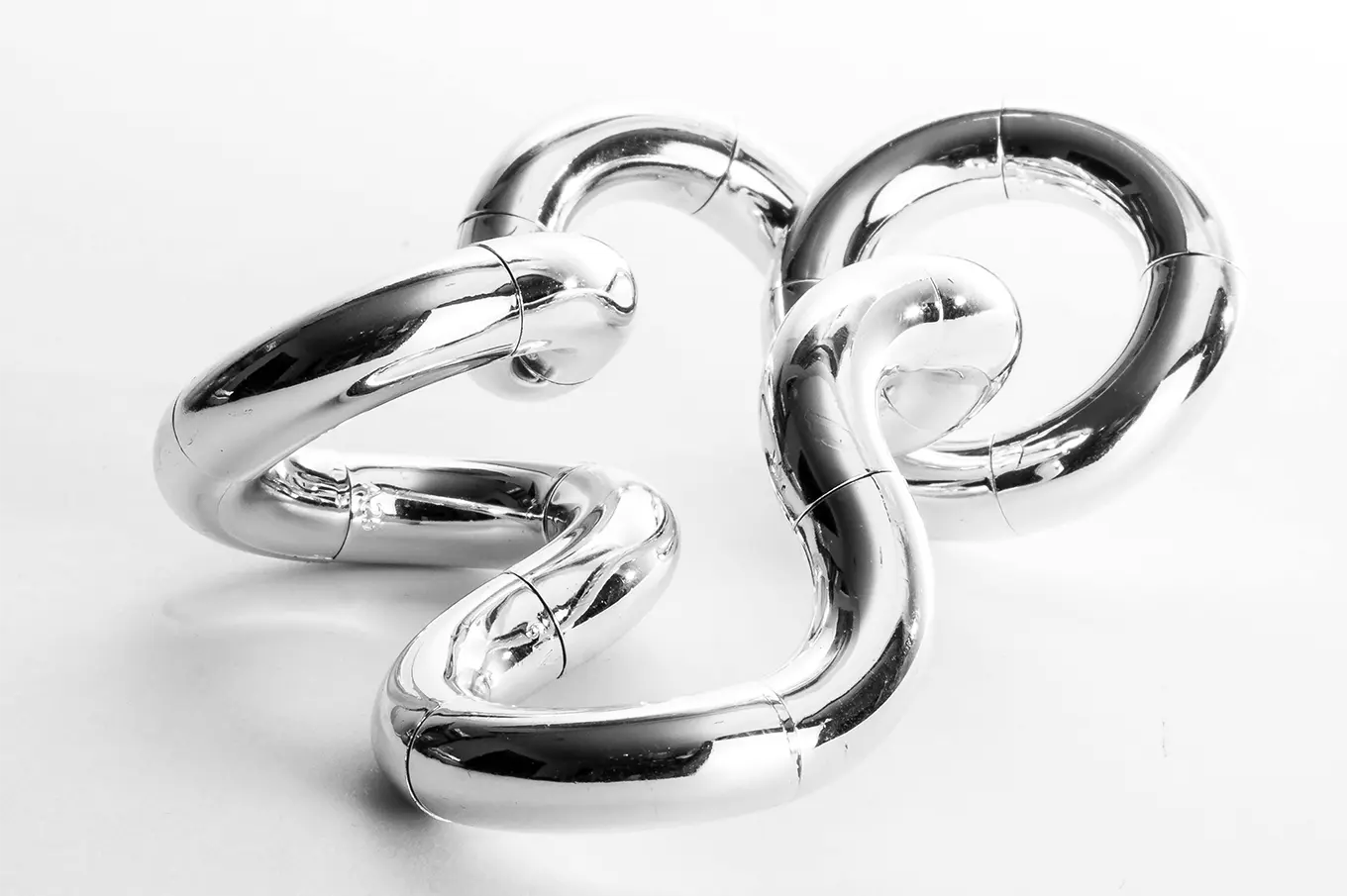- Shanghai Zhongshen International Trade Co., Ltd. - Two decades of trade agency expertise.
- Service Hotline: 139 1787 2118
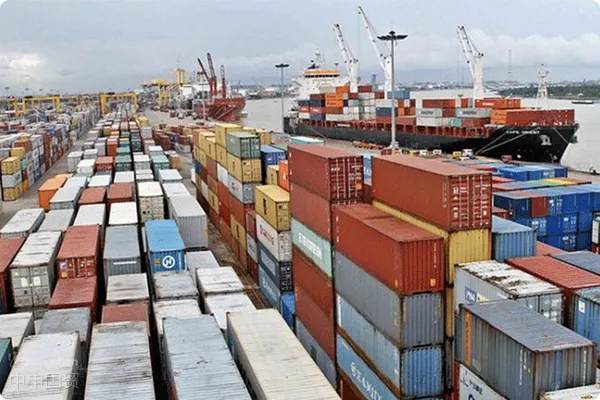
Three major changes in 2025 import regulatory policies
According to the joint announcement by the Ministry of Agriculture and Rural Affairs and the General Administration of Customs, effective from January 1, 2025, agriculturalEquipment ImportsKey focus areas:
- Qualitative adjustment of tariff quotas: The power segment classification standard for wheeled tractors has been adjusted from 90 horsepower to 110 horsepower
- Expansion of certification catalog: Silage machinery and plant protection drones are now included3CMandatory certification scope
- Upgrading of environmental protection inspection: Diesel engine equipment must provide EU Stage V emission certification documents
Core requirements for import qualification declaration
Documents required by import agency enterprises include:
- Basic qualification documents
- import and exportPower of attorney registration form
- Yesforeign tradeForeign trade operator registration certificate
- Special supporting documents
- Agricultural machinery promotion certification (issued by provincial-level or higher authorities)
- Used electromechanical product import filing certificate (applicable for second-hand equipment)
Complete customs clearance operation guide
The standard workflow consists of six key stages:
- Pre - classification stage: Verify whether HS codes match power parameters
- Document review period: Ensure technical parameters fully correspond with certification documents
- On-site inspection phase: Pay special attention to the integrity of safety protection devices
- Tax payment period: Note the applicable conditions for VAT credit refund policy
- Local inspection stage: Field operation performance testing requirements
- Records management period: Maintain import records for no less than 5 years
Typical risk warnings and response strategies
Customs audit data from the past three years shows common violations include:
- Incorrect commodity classification: Unclear demarcation between combine harvesters and agricultural transport vehicles
- Package damage: Engine power misrepresentation leading to certification invalidation
- Lack of follow-up supervision: Illegal modification and sale of imported agricultural machinery
Professional agency services should be establishedDual review mechanism: Conduct technical document compliance review during pre-declaration phase, complete simulated customs clearance testing before arrival, with special attention to equivalence recognition between EU CE certification and domestic standards
Key points for special business processing
For specific import scenarios, note the following:
- Application of free trade agreements: Combine harvesters from Japan and Korea enjoy 7% tariff preference under RCEP
- Temporarily imported equipment: Requires ATA carnet processing and deposit payment
- Component imports: Complete sets of parts require separate declaration of functional modules
Related Recommendations
? 2025. All Rights Reserved. Shanghai ICP No. 2023007705-2  PSB Record: Shanghai No.31011502009912
PSB Record: Shanghai No.31011502009912
